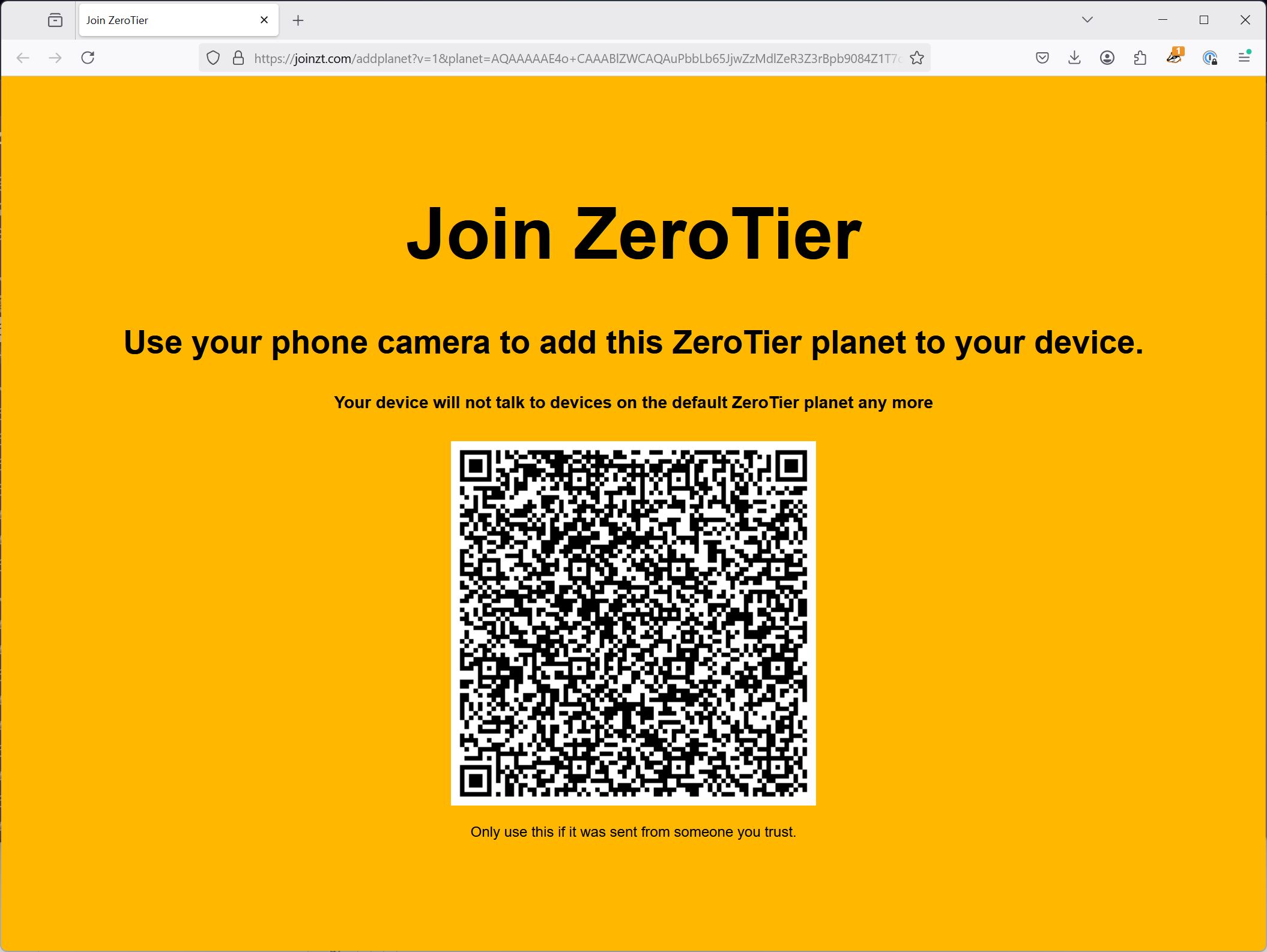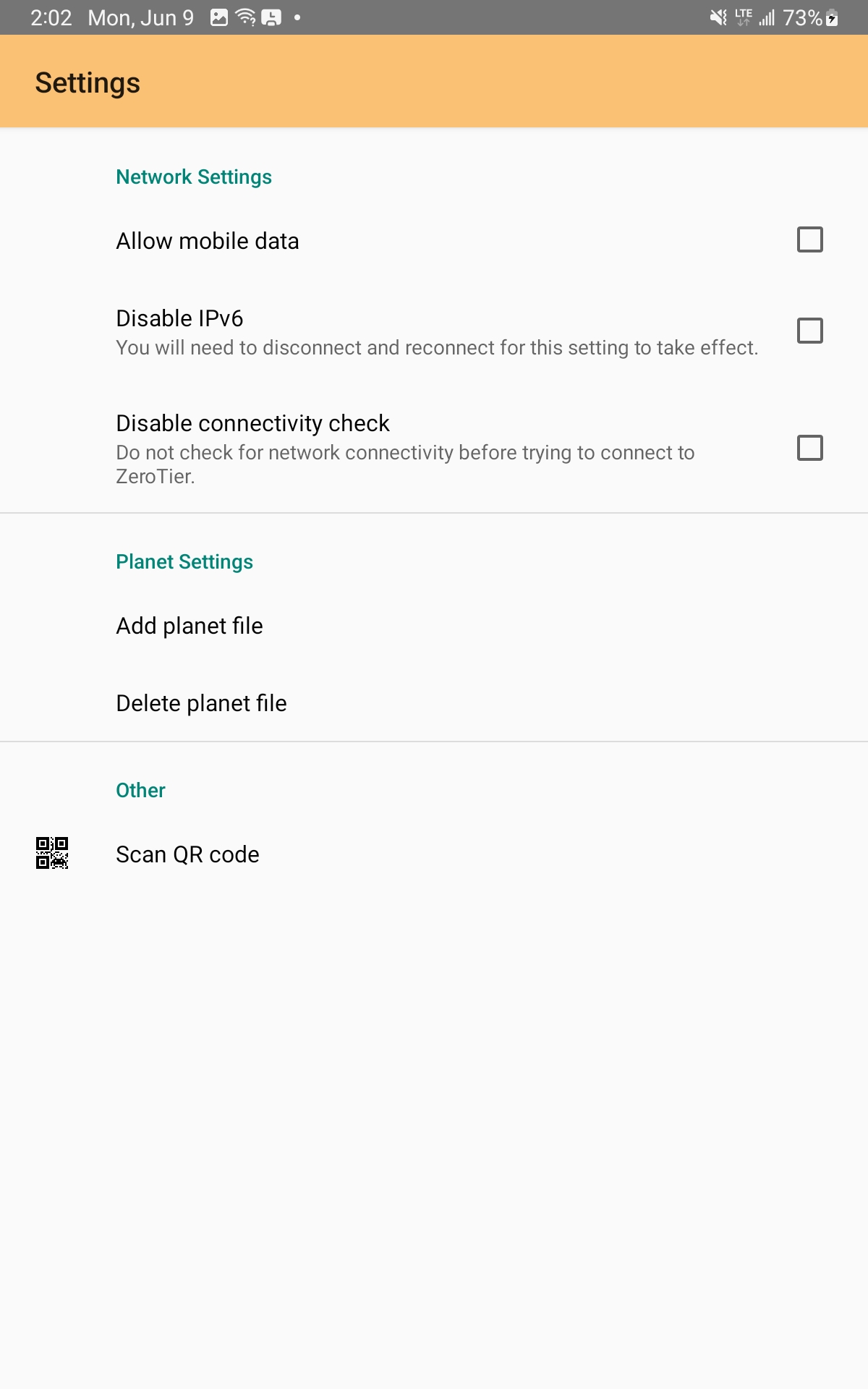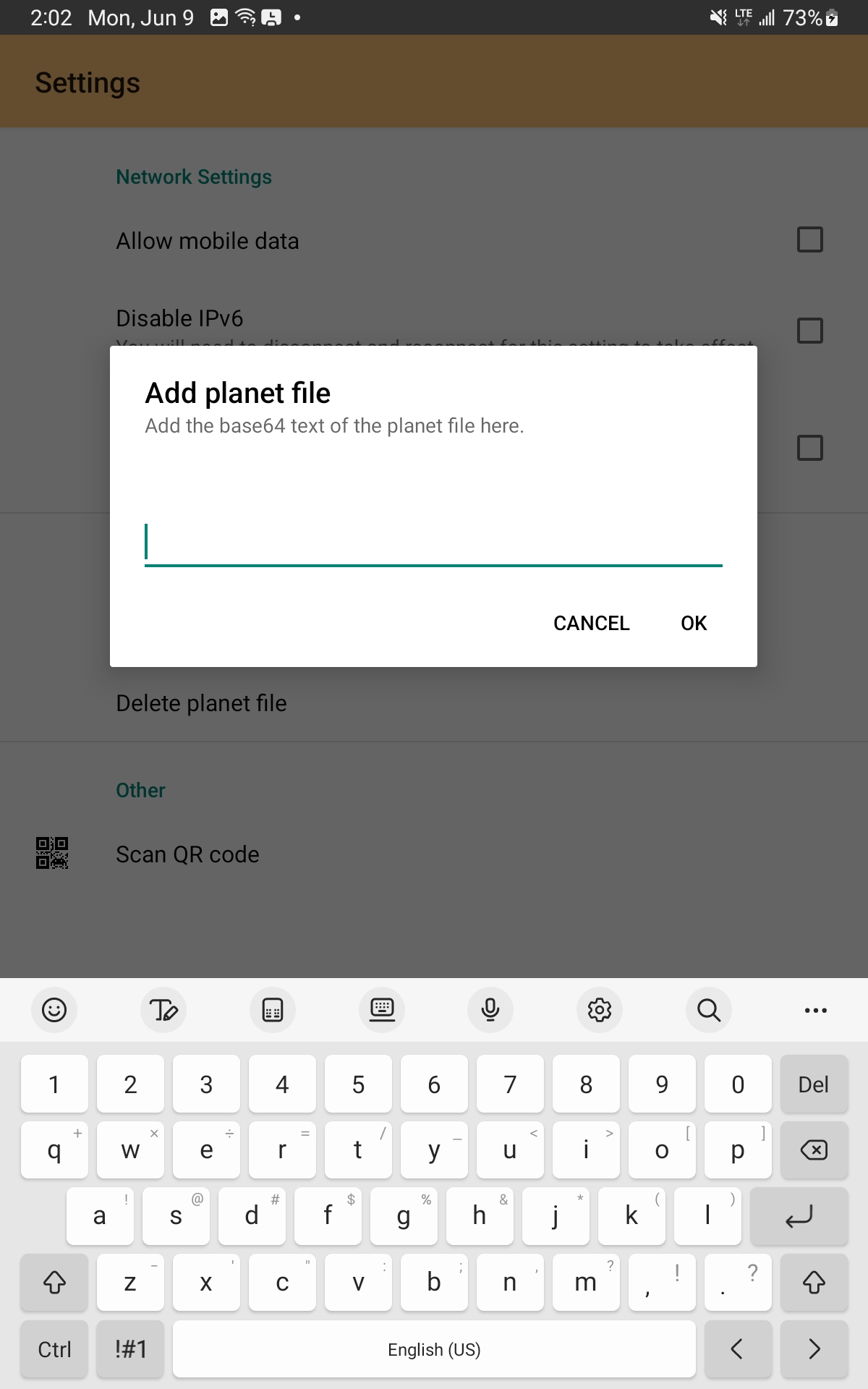Private Root Servers
Using moons is an advanced configuration for ZeroTier One. In addition, any commercial use of self-hosted infrastructure is subject to our license terms.
If you expect to use custom moons for production usage, we highly recommend that you reach out to our support team help planning your deployment.
Devices connected to a ZeroTier One network need to be able to locate and authenticate each other by using a shared set of root servers. By default, clients use a default pool of global root servers deployed and maintained by ZeroTier, Inc.
However, because roots are occasionally overloaded, and may not be located close (in terms of network hops) to your workload, you may be able to gain more reliable performance, especially when traffic is being relayed, by deploying your own servers to augment our roots. We call these supplementary root servers "moons".
The roots and moons a collection of nodes connect to effectively defines the "global datacenter" they're located in. You can actually deploy an entirely separate set of roots and disconnect your clients from the default pool, forming an "air-gapped" deployment. This requires customization of the clients themselves, as well as running high-available root infrastructure. The instructions below instead focus on adding "moon" servers which can improve the performance and reliability of your deployment while still taking advantage of the shared infrastructure we support.
In ZeroTier One version 1.2.0 we introduced the ability to add your own user-defined roots. The logical data center we inhabit is known as a "planet", a user-defined set of roots is called a moon. When a node "orbits" a moon, it adds the moon's roots to its root server set. Nodes orbiting moons will still use planetary roots, but they'll use the moons if they look faster or if nothing else is available.
Planning Your Deployment
The first step in creating a moon is to deploy a set of root servers. In most cases we recommend two. These are regular ZeroTier nodes, but ones that are always on and have static (physical) IP addresses. These static IPs could be global Internet IPs or physical intranet IPs that are only reachable internally. In the latter case your moons won't work outside your office, but that doesn't matter. Roaming nodes will just use planetary roots instead.
We recommend that root servers do not act as network controllers, join networks, or perform any other overlapping functions. They need good reliable network connections but otherwise require very little RAM, storage, or CPU. A root could be a small VM, VPS, or cloud instance, or a small device like a Raspberry Pi. If you provision your moons as VMs, take care that they do not all reside on the same physical hardware. This would defeat the purpose of having two.
Creating a Moon Configuration
The next step is to create a world definition using zerotier-idtool.
You will need the identity.public files from each of your moon
servers. Pick one root (doesn't matter which) and run
zerotier-idtool initmoon <identity.public of one root> >>moon.json.
The zerotier-idtoolcommand will output a JSON version of your world
definition to stdout, so we redirect it to moon.json.
Examine this file. It will contain something like:
{
"id": "deadbeef00",
"objtype": "world",
"roots": [
{
"identity": "deadbeef00:0:34031483094...",
"stableEndpoints": []
}
],
"signingKey": "b324d84cec708d1b51d5ac03e75afba501a12e2124705ec34a614bf8f9b2c800f44d9824ad3ab2e3da1ac52ecb39ac052ce3f54e58d8944b52632eb6d671d0e0",
"signingKey_SECRET": "ffc5dd0b2baf1c9b220d1c9cb39633f9e2151cf350a6d0e67c913f8952bafaf3671d2226388e1406e7670dc645851bf7d3643da701fd4599fedb9914c3918db3",
"updatesMustBeSignedBy": "b324d84cec708d1b51d5ac03e75afba501a12e2124705ec34a614bf8f9b2c800f44d9824ad3ab2e3da1ac52ecb39ac052ce3f54e58d8944b52632eb6d671d0e0",
"worldType": "moon"
}
The world ID is technically arbitrary and could be any random 64-bit value. By convention we use the ZeroTier One identity of one of the moon servers.
The world definition JSON file contains secrets, so it's important
to keep it in a safe place. The signingKey_SECRET is what will allow
you to update your world definition automatically in the future.
Now add your other moons(s) and define their stable endpoints. You'll end up with something that looks like:
{
"id": "deadbeef00",
"objtype": "world",
"roots": [
{
"identity": "deadbeef00:0:34031483094...",
"stableEndpoints": [ "10.0.0.2/9993","2001:abcd:abcd::1/9993" ]
},
{
"identity": "feedbeef11:0:83588158384...",
"stableEndpoints": [ "10.0.0.3/9993","2001:abcd:abcd::3/9993" ]
}
],
"signingKey": "b324d84cec708d1b51d5ac03e75afba501a12e2124705ec34a614bf8f9b2c800f44d9824ad3ab2e3da1ac52ecb39ac052ce3f54e58d8944b52632eb6d671d0e0",
"signingKey_SECRET": "ffc5dd0b2baf1c9b220d1c9cb39633f9e2151cf350a6d0e67c913f8952bafaf3671d2226388e1406e7670dc645851bf7d3643da701fd4599fedb9914c3918db3",
"updatesMustBeSignedBy": "b324d84cec708d1b51d5ac03e75afba501a12e2124705ec34a614bf8f9b2c800f44d9824ad3ab2e3da1ac52ecb39ac052ce3f54e58d8944b52632eb6d671d0e0",
"worldType": "moon"
}
The static IP addresses you use must be reachable from all the places you want these moons to serve. If you're deploying these for use at a physical location, use internal IPs. If you want them to be usable off-site, use public IPs from your DMZ or host them at a cloud provider with a data center presence close to you. Low-cost cloud hosts that provide simple static direct IP addressing and dual-stack IPv4/IPv6 support like Digital Ocean, Vultr, and Linode make effective places to host moons. The lowest priced instances at these providers are more than sufficient in most cases.
Configuring Your Moon Servers
The final step in configuring your moons is to generate a signed "world" with
zerotier-idtool genmoon moon.json. In this case this will generate a
file called 000000deadbeef00.moon. This does not contain secret keys
but is signed by the secret from the JSON file.
Now go to your moons, create (if it does not exist) a subdirectory of
their working directories (usually /var/lib/zerotier-one on Linux)
called moons.d, and copy the signed moon file there. Now restart the
ZeroTier One service on each moon; after that, they should be ready!
Configuring Your Clients
Each ZeroTier One peer that uses these moons will need to be configured to use them in addition to the default, global roots.
Desktop / Server
For systems running the full ZeroTier One agent, you can proceed in either of two ways:
Option 1: Copy the same world definition file to the service data directory
Custom world definitions are loaded from the moons.d subdirectory of
the service data directory. See the full list of
config file paths for the appropriate location on
your system.
As with the moon servers themselves, after you add the signed planet file
to the moons.d directory you should restart the service.
Option 2: Use the zerotier-cli orbit command
You can directly add the new moon via the orbit CLI subcommand:
zerotier-cli orbit deadbeef00 deadbeef00.
The first argument is the world ID (which we can shorten by removing the two leading zeroes) and the second is the address of any of its moons.
After that, restart the client. It will attempt to contact your moon(s) and obtain the full world definition from it if it's online and reachable.
Once you've "orbited" your moon, try zerotier-cli listpeers. You
should see the moons you've created listed as MOON instead of LEAF.
They will now be used as alternative root servers.
Mobile
Mobile clients must be configured through the UI or opening a specially-formatted URL. In either case, you'll need to base64-encode the binary planet file; save this for use in one of the cases below.
Option 1: Create and send a "custom moon" URL
Starting in version 1.16.0, ZeroTier One mobile clients provide support for loading planet files via custom URLs. This relies on the same custom link mechanism that allows for network invite sharing via QR code. Use the following URL template to pass along a QR code to clients:
https://joinzt.com/addplanet?v=1&planet=$base64_planet_file

If you load a URL of the above form in a desktop web browser, it will display a static page with a scannable QR code. On a mobile device with the ZeroTier One client installed, it should open a prompt asking if you want to save and use the new planet configuration.

Option 2: Transfer the planet file to the device directly
You can also pass along the base64-encoded planet file as text via email, shared note, or file sync. Whatever method you choose, you'll need to copy the full file to the system clipboard.
After that, open the in-app "Settings" UI and select "Add Planet File" per the screenshots below and then confirm.

